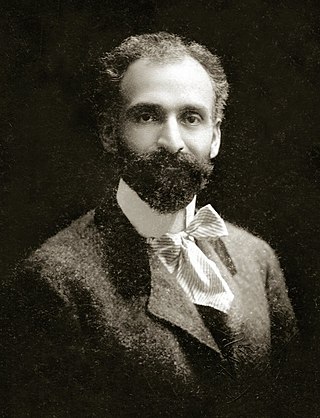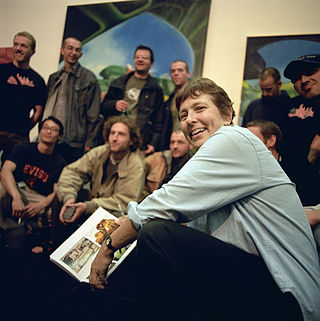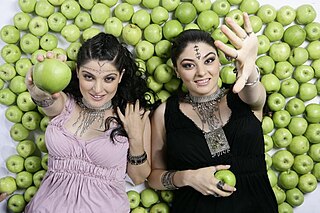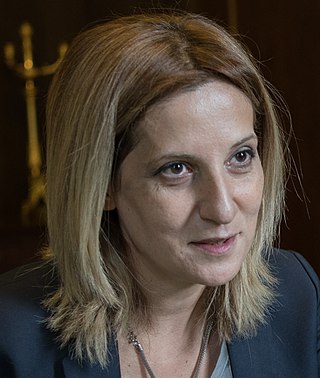Related Research Articles

Photojournalism is journalism that uses images to tell a news story. It usually only refers to still images, but can also refer to video used in broadcast journalism. Photojournalism is distinguished from other close branches of photography by having a rigid ethical framework which demands an honest and impartial approach that tells a story in strictly journalistic terms. Photojournalists contribute to the news media, and help communities connect with one other. They must be well-informed and knowledgeable, and are able to deliver news in a creative manner that is both informative and entertaining.

Hovhannes Tumanyan was an Armenian poet, writer, translator, and literary and public activist. He is the national poet of Armenia.

Martha Cooper is an American photojournalist. She worked as a staff photographer for the New York Post during the 1970s. She is best known for documenting the New York City graffiti scene of the 1970s and 1980s.

John Stanmeyer, is an American photojournalist based in Otis, Massachusetts. He is one of the founders of VII Photo Agency. Stanmeyer has received the World Press Photo of the Year, Robert Capa Gold Medal, Magazine Photographer of the Year from Pictures of the Year International, and a National Magazine Award for Photojournalism.

Inga and Anush Arshakyan or the Arshakyan Sisters are an Armenian folk singing duo. The sisters represented Armenia in the Eurovision Song Contest 2009, eventually finishing in 10th place in the final.

Lynsey Addario is an American photojournalist. Her work often focuses on conflicts and human rights issues, especially the role of women in traditional societies. In 2022, she received a Courage in Journalism Award from the International Women's Media Foundation (IWMF).

Hossein Fatemi is an Iranian photojournalist. He received the 2nd place World Press Photo Award in 2017, and the Picture of the Year International (POYi) in 2016 and 2014 in two categories. He is a member of Panos Pictures since 2010.

NOOR is an international photo agency and foundation owned and directed by the member photographers under a cooperative model. It is headquartered in Amsterdam, Netherlands, with photographers based worldwide.

The Caucasus Institute is a think tank and postgraduate institution. Its focus is on encouraging pluralistic discourse in the South Caucasus, including the countries of Armenia, Azerbaijan, and Georgia. Its goal is to promote inclusive policy-making in Armenia through conducting research, producing and advocating policy documents and encouraging a pluralistic and informed public policy debate.
Diana Markosian is an American artist of Armenian descent working as a documentary photographer, writer, and filmmaker.

Newsha Tavakolian is an Iranian photojournalist and documentary photographer. She has worked for Time magazine, The New York Times, Le Figaro, and National Geographic. Her work focuses on women's issues and she has been a member of the Rawiya women's photography collective which she co-established in 2011. Tavakolian is a full member of Magnum Photos.
Erin Grace Trieb is an American photojournalist. Trieb focuses on international social issues and is currently based in Istanbul, Turkey.
Amy Toensing is an American photojournalist.

Jo-Anne McArthur is a Canadian photojournalist, humane educator, animal rights activist and author. She is known for her We Animals project, a photography project documenting human relationships with animals. Through the We Animals Humane Education program, McArthur offers presentations about human relationships with animals in educational and other environments, and through the We Animals Archive, she provides photographs and other media for those working to help animals. We Animals Media, meanwhile, is a media agency focused on human/animal relationships.
Alixandra Fazzina is a British photojournalist. Her first book is A Million Shillings – Escape from Somalia. In 2008 she was the recipient of the Vic Odden Award from the Royal Photographic Society. In 2010 she won the UNHCR's Nansen Refugee Award for her work documenting the effect of war on uprooted people. In 2015 she was shortlisted for the Prix Pictet.

Sona Sarkisyan, known as Sona, stylized as SONA, is an Armenian singer.

Rania Matar is a Lebanese/Palestinian/American documentary, portrait and fine art photographer. She photographs the daily lives of girls and women in the Middle East and in the United States, including Syrian refugees.

Photography in Sudan refers to both historical as well as to contemporary photographs taken in the cultural history of today's Republic of the Sudan. This includes the former territory of present-day South Sudan, as well as what was once Anglo-Egyptian Sudan, and some of the oldest photographs from the 1860s, taken during the Turkish-Egyptian rule (Turkiyya). As in other countries, the growing importance of photography for mass media like newspapers, as well as for amateur photographers has led to a wider photographic documentation and use of photographs in Sudan during the 20th century and beyond. In the 21st century, photography in Sudan has undergone important changes, mainly due to digital photography and distribution through social media and the Internet.

Anush Begloian is an Armenian physicist and politician of the Civil Contract. Since the Parliamentary Election in 2018, she is member of the National Assembly of Armenia.
Justyna Mielnikiewicz is a Polish photographer, based in Tbilisi, Georgia. She works as a documentary photographer and on long-term personal projects about post-Soviet states. She has published Woman with a Monkey (2014) and Ukraine Runs Through It (2019). She won the W. Eugene Smith Grant in 2016.
References
- 1 2 Claire Voon (19 September 2016). "The Street Style of Armenian Women". Hyperallergic. Retrieved 9 December 2017.
- 1 2 Karine Vann (26 July 2016). "Empowering Women Through Photography". Picsart. Retrieved 9 December 2017.
- 1 2 Alessia Glaviano (6 June 2017). "Anush Babajanyan • Portfolio". Vogue. Retrieved 10 December 2017.
- ↑ Liana Aghajanian (20 December 2009). "Culture Vulture: Photojournalist Anush Babajanyan". Ianyan Mag. Retrieved 10 December 2017.
- ↑ Emily Thompson (22 February 2016). "Photojournalists Changing The Image Of Women In Armenia". Radio Free Europe. Retrieved 10 December 2017.
- ↑ Jordan G. Teicher (27 June 2017). "After a Century, Syrian Refugees Return to Armenia". The New York Times. Retrieved 9 December 2017.
- ↑ James Estrin (24 January 2017). "Building Bridges Between Turkey and Armenia". The New York Times. Retrieved 10 December 2017.
- ↑ Maanvi Singh (25 November 2017). "PHOTOS: People Think The Twins Of Abidjan Can Make A Wish Come True". NPR. Retrieved 9 December 2017.
- ↑ "From Russia to Iran: Crossing the Wild Frontier". Bradfordzone. 4 September 2017. Archived from the original on 30 November 2017. Retrieved 10 December 2017.